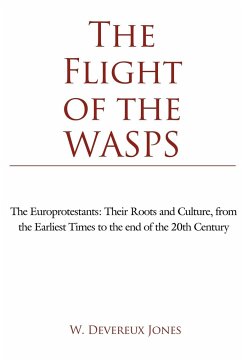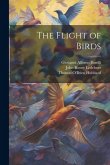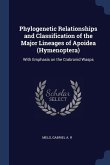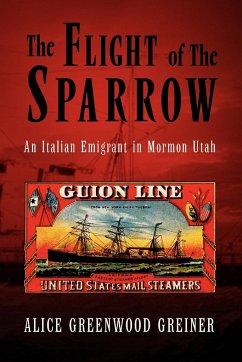The Euro-Protestant peoples (or "Wasps," as E. Digby Baltzell called them) appear in the history books as a number of independent nation-states which both cooperated and competed with each other. It is a basic assumption of the present study that they actually formed a distinct cultural unit, one which went through a process of development until it reached full flower in the 19th and early 20th Centuries. To provide evidence supporting this assumption, short historical-cultural sketches of the Wasp nations are presented. At one time or another, these included the continental states, Germany, Switzerland, and the Netherlands, the seven Baltic-Nordic nations, Sweden, Norway, Denmark, Finland, Estonia, Latvia, and Iceland, and Great Britain and its colonial derivatives, the United States, Canada, Australia, and New Zealand. The peoples of these nations, by and large, accepted the theological principles of Martin Luther, the Universal Priesthood, Justification by Faith, and the Sole Authority of the Scriptures. Beyond their common theology, they created behavior patterns which strove toward Perfection. These were derived especially from John Calvin, the British Puritans, the continental Pietists, and the Methodists and Baptists. They combined their Bible-based morals and ethics with the social graces of their aristocracies to create the Victorianism of the 1815-1939 period. Along with the creation of their religious and social outlooks, the Wasp peoples became the principal architects of the Modern World as it emerged after the Napoleonic Wars. Their systems of self-government and free market economies went on to survive the challenges of the 20th Century, and became the principal features of the projected New World Order.







